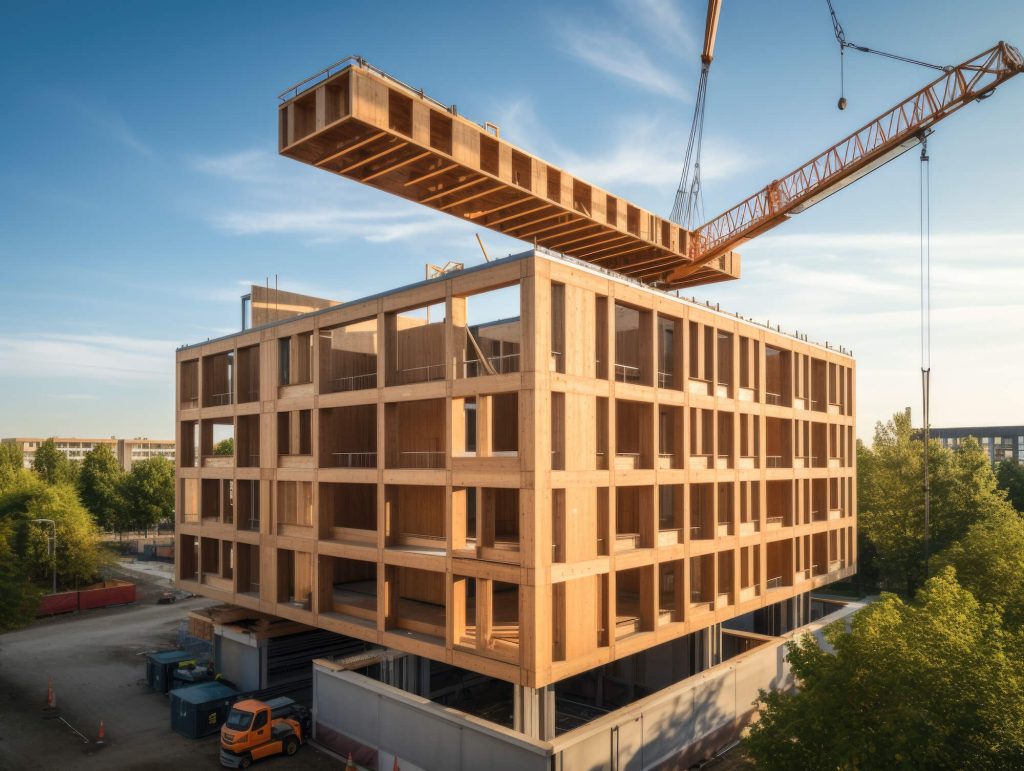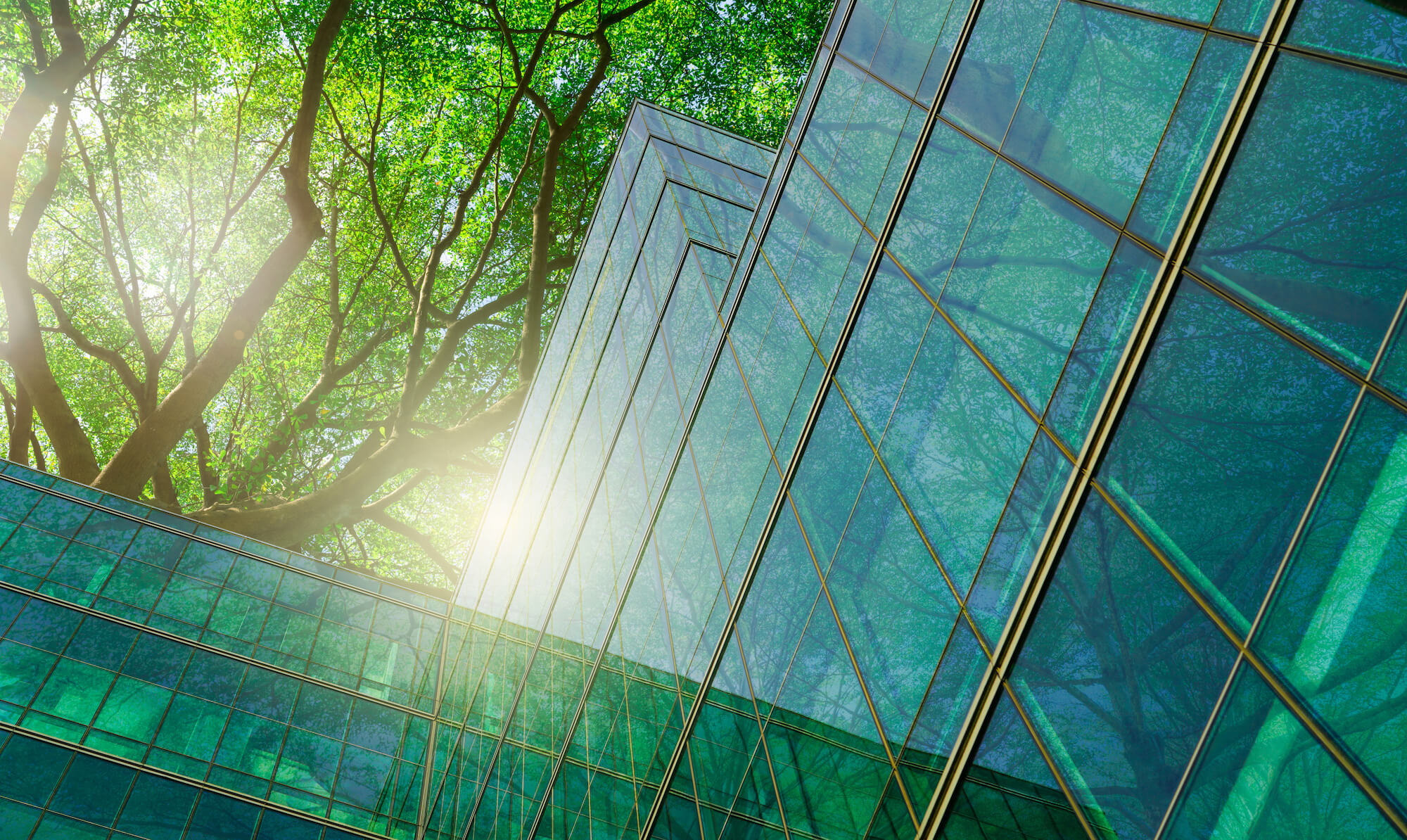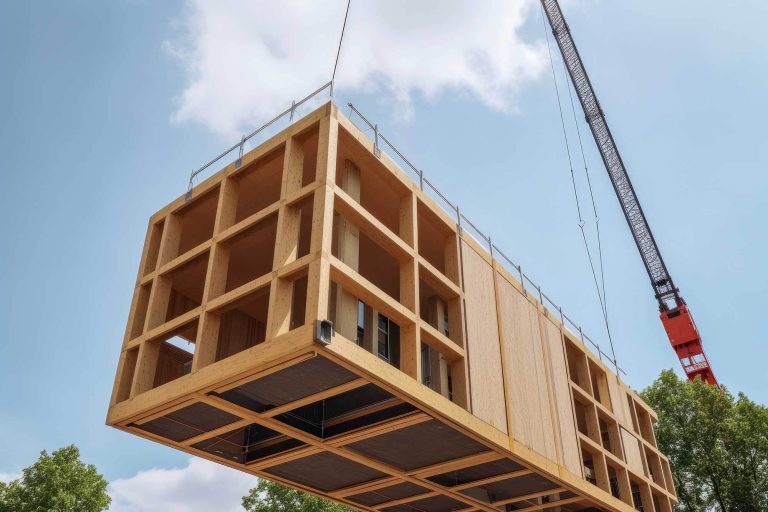The industry

The Built Environment is a vital part of Australia’s economy, encompassing a wide range of industries such as construction, engineering and architecture.
With a market size of over $200bn, it plays a crucial role in shaping the physical landscape of the country and contributing to its economic growth.
The industry is however also facing a rapidly changing environment, with challenges such as sustainability, urbanisation, and technological disruption. Companies must adapt to meet these challenges and stay competitive, by adopting innovative solutions and leveraging the latest technologies.
For more information about our
built environment research services, please contact us.
Key trends shaping the future of the built environment include:
1
Sustainable and Regenerative Building Practices
The construction industry is evolving from simply adopting sustainable practices to embracing regenerative design, aiming to create buildings that not only reduce carbon footprints but actively contribute to the environment. This includes net-zero buildings, energy-positive designs, and the use of circular economy principles in materials sourcing and waste management.
2
Integration of Smart and Adaptive Building Technology
The adoption of smart technology continues to grow, with a focus on integrating IoT, AI, and machine learning to automate and optimise building management. These technologies enhance energy efficiency, improve occupant comfort, and allow for adaptive building systems that adjust in real time to environmental and usage conditions.
3
Holistic Health, Wellbeing, and Resilience
The focus on occupant health is broadening to encompass holistic wellbeing and resilience. Buildings are now designed to promote mental and physical health through biophilic design, air quality management, and active spaces, while also considering resilience against climate change impacts, such as heatwaves and extreme weather events.
4
Growth of Modular, Prefabricated, and 3D-Printed Construction
Modular, prefabricated, and 3D-printed construction methods are advancing in both technology and scale. These methods are helping reduce construction times, costs, and waste, while improving quality control. They’re becoming increasingly common in large-scale residential and commercial projects, especially in regions facing housing shortages.
5
Evolving Work and Living Spaces
The shift towards hybrid working environments and flexible living arrangements is reshaping building design. Developers are creating adaptable spaces that cater to changing work patterns, with an emphasis on multi-use buildings that blend residential, commercial, and co-working spaces to accommodate evolving lifestyles.
For built environment market research
Contact Fifth Quadrant
FAQ’s
Market research into the built environment delivers insights into consumer preferences, design trends, and product performance. These insights help companies create offerings that align with the functional and aesthetic needs of end users in both residential and commercial projects.
When conducting built environment research, Fifth Quadrant engages a broad range of audiences, including homeowners, DIY enthusiasts, tradespeople, architects, engineers, and community stakeholders. This ensures clients connect with the right people to drive product development and project success.
Common methodologies we employ in built environment market research include usage and attitude studies, specification studies, design thinking workshops for co-creation, community sentiment analysis, and product usage and satisfaction surveys. Additional methodologies include market sizing and segmentation, concept testing for new designs or products, and sustainability and green building studies. These approaches provide comprehensive insights to support innovation and success in the built environment sector.
AI is reshaping built environment research by advancing sentiment analysis, predictive analytics and streamlining data collection and processing. These capabilities enable faster, data-driven insights, helping businesses adapt quickly to market changes and enhance customer engagement.



)


